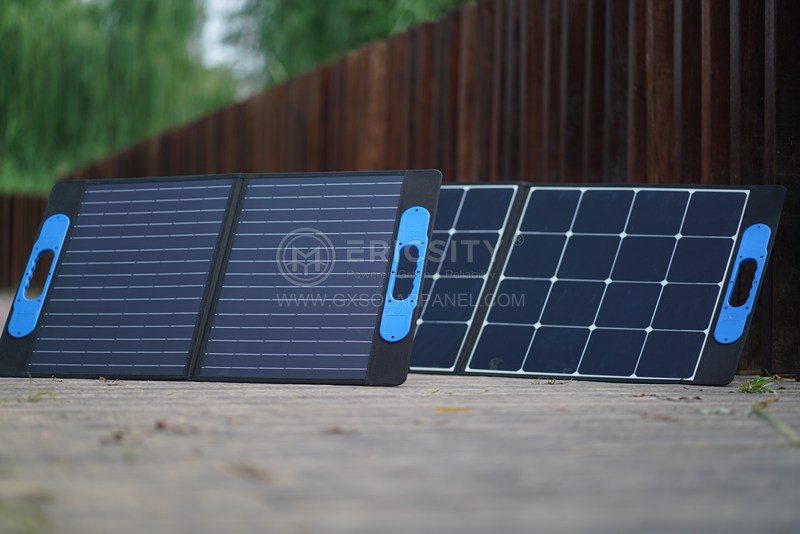HOT PRODUCT
Product Details
What’s In A Price Tag? Factors Affecting The Cost Per Solar Panel
Title: What’s in a Price Tag? Factors Affecting The Cost Per Solar Panel
Introduction:
Solar energy is rapidly gaining popularity as an eco-friendly and cost-effective alternative to traditional power sources. One of the key considerations for anyone interested in investing in solar panels is the cost per panel. Understanding the factors that influence the price of solar panels can help individuals and businesses make informed decisions regarding their solar energy investments. In this article, we will explore the various factors affecting the cost per solar panel.
1. Manufacturing and Materials:
The manufacturing process and the quality of materials used play a significant role in determining the cost of a solar panel. High-quality materials, such as high-efficiency solar cells, can increase the panel’s output and durability but also come at a higher price. Additionally, technological advancements and economies of scale in manufacturing can help reduce production costs, making solar panels more affordable.
2. Panel Efficiency:
The efficiency of a solar panel refers to its ability to convert sunlight into electricity. Higher efficiency panels produce more electricity per square meter, thereby reducing the overall number of panels required to generate a specific amount of power. However, higher-efficiency panels often come at a greater cost due to the advanced technologies and materials used in their production.
3. Size and Wattage:
The physical size and power rating of a solar panel also affect its cost. Larger panels typically have a higher wattage capacity, meaning they can generate more electricity. As a result, larger panels tend to be more expensive. However, opting for larger panels can lead to a more efficient use of available space, reducing installation costs and the overall number of panels required.

4. Installation and Mounting:
The cost of installing solar panels includes not only the price of the panels but also the expenses associated with labor, permits, interconnection, and mounting systems. Complex installations, such as those on roofs with complicated angles or structural challenges, may require additional expertise and materials, increasing the overall cost per panel. Simpler installations on flat roofs or open fields tend to be more cost-effective.

5. Government Incentives and Policies:
Government incentives, tax credits, and rebates can significantly impact the cost of solar panels. Depending on the region, governments at different levels may offer financial incentives to encourage the adoption of solar energy systems. These incentives can reduce the upfront cost and payback period, making solar panels more affordable for consumers and businesses.
6. Research and Development:
Ongoing research and development efforts in the solar industry can impact the cost of solar panels. Technological advancements, such as the development of new materials, manufacturing techniques, and innovative designs, have the potential to reduce production costs and increase panel efficiency. However, such advancements often require substantial investment, which can be reflected in the initial cost of panels.

7. Market Competition and Demand:
Supply and demand dynamics play a crucial role in determining the cost of solar panels. Increased competition in the market leads to price reductions as manufacturers strive to attract customers. Additionally, fluctuations in global demand, production capacities, and raw material costs may also influence panel prices.
Conclusion:
The cost per solar panel is influenced by various factors, including manufacturing and materials, panel efficiency, size and wattage, installation and mounting expenses, government incentives, research and development, and market competition. As technology continues to advance and solar energy becomes more mainstream, we can expect further cost reductions and increased affordability of solar panels. By understanding these factors, individuals and businesses can make well-informed decisions when considering solar energy investments.




